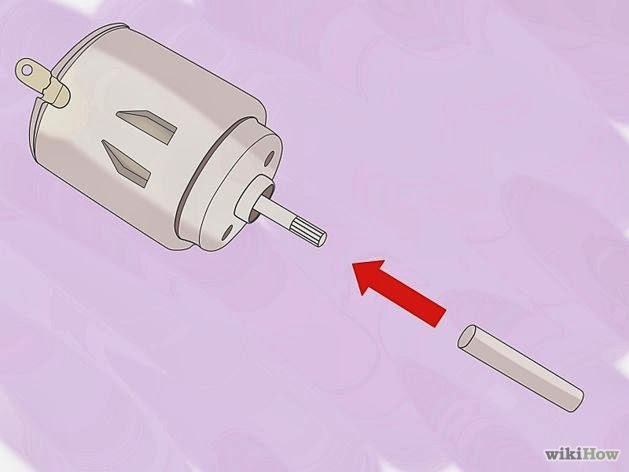ATMEGA 8/16/32 MINI kit uses for any engineering students
1- They Can develop most of their minor and major projects of engineering
2- A robust kit on which they can very comfortably implement their logic
3- It can be used for participating in any kind of robotic competition
4- Easy connectivity and assembling for various kind of robotic projects
5- ADC based projects can be easily developed with use of this kit
6- Timers based projects can be easily developed with use of this kit
7- PWM bases projects can be easily developed with use of this kit
8- As kit is equipped with an LDR so one can design a good B-tech project based on that
9- No need to spend extra money for programmer to program your microcontroller
10- Kit is mounted with Dual power up options, DC jack and PVT connector hence one can power
it up using DC adaptor and batteries too
11- A ready to use LCD display connector, just jack-in the LCD and use it
12- Kit is having a buzzer too, so one can even plan for sound equipped robot
13- Access to most of the pins of every port, so one can program and connect input and output
device where ever he/she wants
1- They Can develop most of their minor and major projects of engineering
2- A robust kit on which they can very comfortably implement their logic
3- It can be used for participating in any kind of robotic competition
4- Easy connectivity and assembling for various kind of robotic projects
5- ADC based projects can be easily developed with use of this kit
6- Timers based projects can be easily developed with use of this kit
7- PWM bases projects can be easily developed with use of this kit
8- As kit is equipped with an LDR so one can design a good B-tech project based on that
9- No need to spend extra money for programmer to program your microcontroller
10- Kit is mounted with Dual power up options, DC jack and PVT connector hence one can power
it up using DC adaptor and batteries too
11- A ready to use LCD display connector, just jack-in the LCD and use it
12- Kit is having a buzzer too, so one can even plan for sound equipped robot
13- Access to most of the pins of every port, so one can program and connect input and output
device where ever he/she wants









